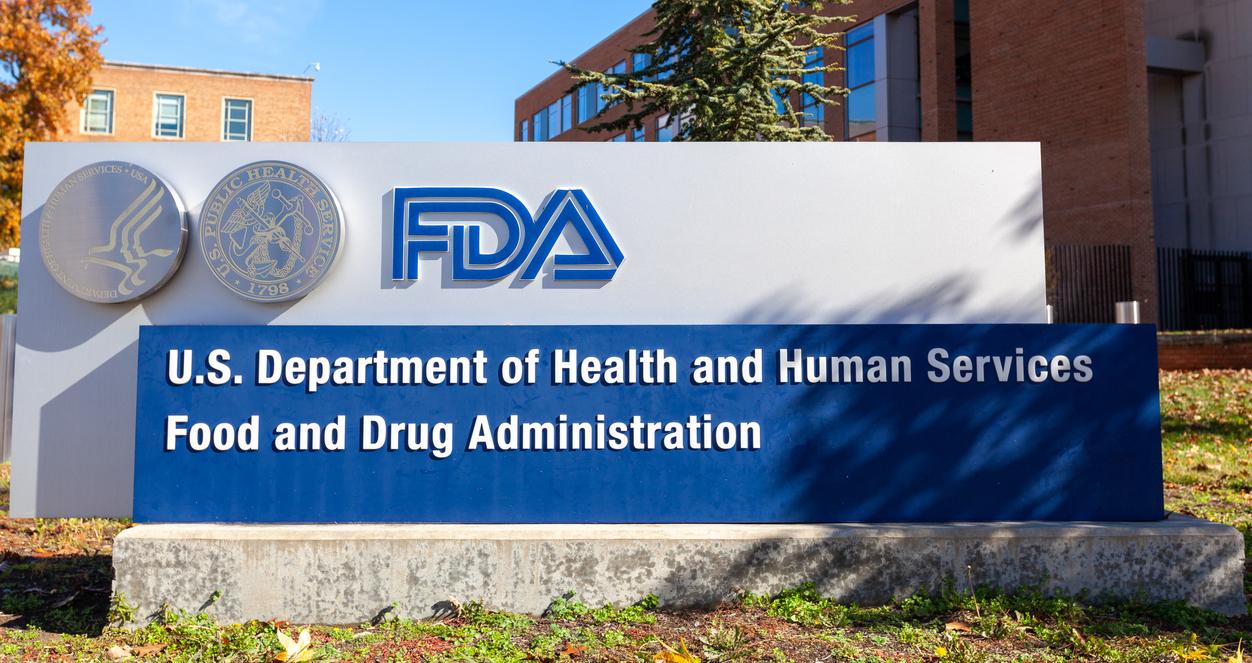
Over one-third of US retail meat samples tested positive for at least one type of potentially harmful bacteria, and nearly 1 in 4 bacterial isolates collected were multidrug-resistant (MDR), according to an analysis of Food and Drug Administration (FDA) data.
The review by TraceOne, a company that makes regulatory compliance software for the food and beverage industry, analyzed data for 2019 through 2021 from the FDA's National Antimicrobial Resistance Monitoring System (NARMS), which collects data on enteric bacteria found in people, retail meat samples, and animals at slaughter. NARMS focuses on bacteria that are associated with foodborne illness, such as Salmonella, Escherichia coli, and Campylobacter. It also collects data on Enterococcus, which can indicate fecal contamination.
"Meat can become contaminated with these bacteria at several points during the production process—most often during slaughter, handling, or packaging," the report notes. "Bacteria from the animal’s intestinal tract can spread to the meat surface if sanitation procedures are not strictly followed."
Highest rates of Salmonella, Campylobacter found in chicken
The data show that 36 % of meat samples (ground beef, ground turkey, chicken, and pork chops) tested positive for bacteria. Chicken samples harbored the highest rates of Salmonella and Campylobacter (17.9% and 17.1%, respectively), the two bacterial pathogens most commonly associated with foodborne illness, while ground turkey had the highest rate of E coli (67.2%) and notably high levels of Salmonella (11.4%).
The analysis also found that nearly a quarter (22.8%) of bacterial isolates obtained from the retail meat samples were resistant to three or more antibiotic classes. Ground turkey had the highest overall MDR rate (29.7%), while chicken meat had the highest rate of MDR Salmonella (39.1%) and an overall MDR rate of 25.6%. Among all bacteria, Salmonella had the highest overall MDR rate at 35.5%, followed by E coli (26.0%), Enterococcus (15.3%), and Campylobacter (13.6%).
Analysis of geographic differences in food safety, based on meat-bacteria combinations consistently tested across all states, revealed that the top five states for overall contamination risk were Georgia, South Carolina, Tennessee, Minnesota, and Pennsylvania.













